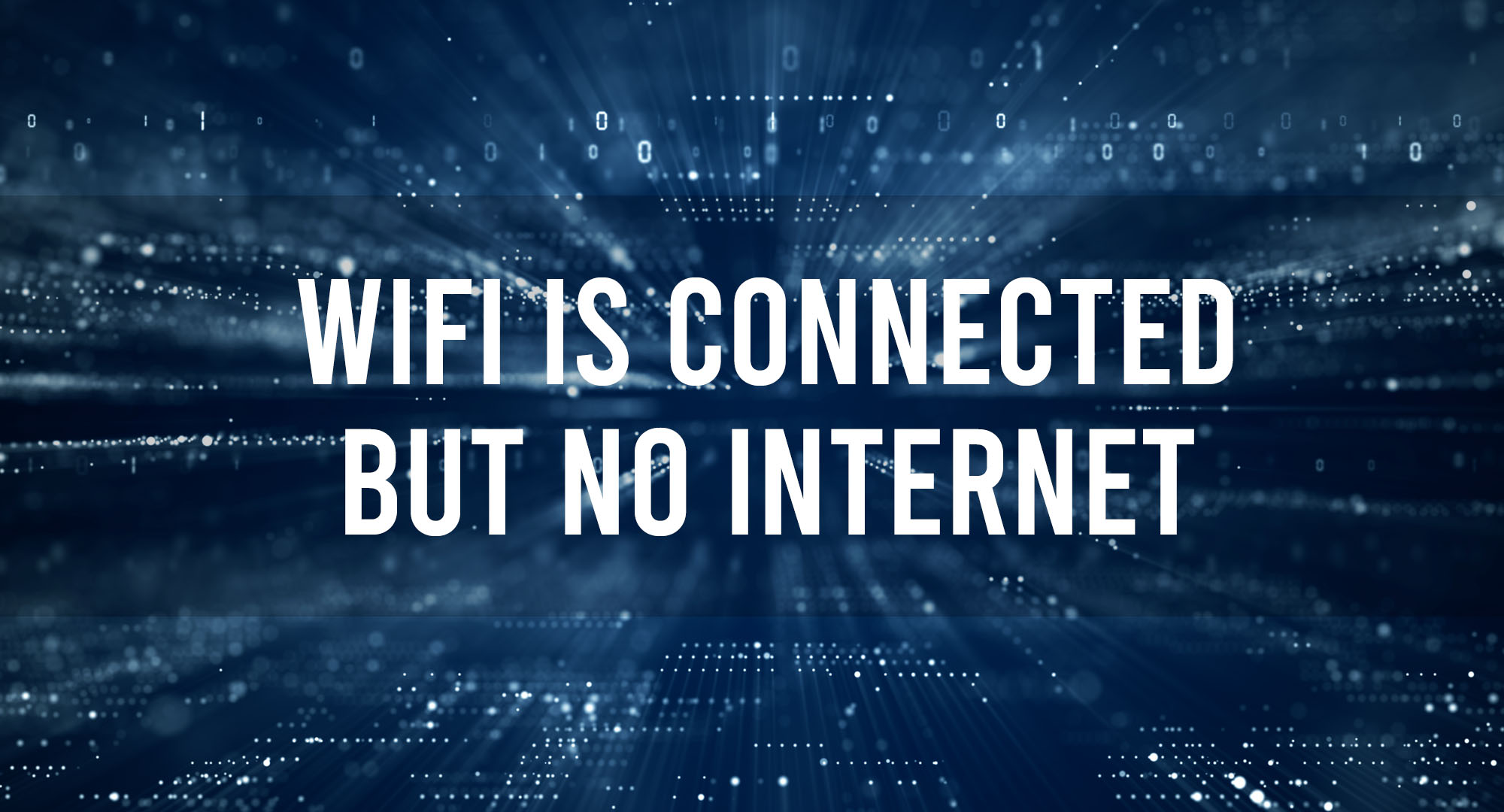Today we’re diving into one of the most common and frustrating tech issues around: you’ve got that WiFi signal on your device, but no sweet, sweet internet connection. Let’s break down why this might be happening and how to get you back online ASAP.
Understanding the Problem
Table of Contents
First things first, let’s understand what’s happening here. Seeing a “connected” status but no internet often means there’s a break in the communication between your local network and the wider internet. It’s like having a phone with a full signal but not being able to make a call.
Step 1: Rule Out Device-Specific Issues
The first thing to establish is whether the problem is with the specific device or your entire network. Try connecting another device to the WiFi. If it connects without a hitch, the original device might be the culprit.
Quick Fixes for Devices:
- Toggle WiFi – Turn off your WiFi and turn it back on. It’s basic, but you’d be surprised at how often this works.
- Forget Network – On your device, go to WiFi settings, forget the network, and reconnect.
- IP Renewal – Sometimes, the device doesn’t get a proper IP from the router. Renewing the IP can help. On Windows, open Command Prompt and run
ipconfig /renew.
Step 2: The Modem and Router Tango
If multiple devices can’t connect, it’s time to cast suspicious glances at your modem and router.
- Power Cycle: Unplug your router and modem for about 30 seconds. Plug in the modem first, wait for it to light up, then plug in your router.
- Direct Connect: Use an Ethernet cable to connect a computer directly to the modem. If you get internet this way, your router might be the issue.
Step 3: It’s All About Those DNS Servers
DNS (Domain Name System) is the phonebook of the internet. It turns easy-to-remember domain names into IP addresses. If the DNS server is down, you won’t be able to connect to websites.
Change your DNS servers to public ones like Google DNS (8.8.8.8 and 8.8.4.4) or Cloudflare (1.1.1.1). Here’s a quick way for Windows users:
- Open Control Panel -> Network and Sharing Center.
- Click on Change adapter settings, right-click your connection, and select Properties.
- Choose Internet Protocol Version 4 (TCP/IPv4) and click Properties.
- Select Use the following DNS server addresses and enter the above addresses.
Step 4: Firmware and Driver Checks
Old or corrupted firmware on your router or drivers on your device can be a menace.
Router Firmware:
- Go to your router’s web interface (commonly
192.168.1.1or192.168.0.1). - Log in (default credentials are usually ‘admin’/’admin’ but please change these ASAP for security reasons).
- Look for a firmware update option and follow the on-screen instructions.
Device Drivers:
- For Windows, head to Device Manager.
- Expand Network adapters, right-click your wireless adapter and choose Update Driver.
Step 5: ISP Check
After all the diagnostics, if you’re still disconnected, it might be an issue with your Internet Service Provider (ISP). It’s possible they’re having outages or technical issues.
- Check their website or social media pages for outage information.
- Give them a call. They might have solutions or can provide a timeline for fixing the issue.
Frequently Asked Questions
What does it imply when WiFi is connected but there’s no internet access?
When a device shows that the WiFi is connected but there’s no internet access, it generally means that the device has successfully established a connection to the router or access point, but the router isn’t able to establish a connection to the wider internet. This could be due to various reasons such as ISP issues, router malfunctions, or incorrect configurations.
Why is the distinction between “WiFi connected” and “internet access” important for troubleshooting?
Understanding the difference between the two helps pinpoint where the problem lies. If WiFi is connected, it indicates that the issue might not be with the device’s wireless adapter or immediate connection. Instead, the problem could be further down the line, either with the router, modem, or the service provider. This distinction helps users and technicians narrow down potential solutions and focus on the correct part of the network chain.
How does a device’s connection to a WiFi network differ from its ability to access the internet through that network?
A device’s connection to a WiFi network involves its ability to communicate with a local router or access point. It’s a localized connection, allowing devices to interact with each other within the same network, like sharing files or using a local printer. Internet access, on the other hand, represents the router or access point’s ability to connect to external servers and websites via an ISP (Internet Service Provider). It’s possible to have a strong WiFi connection (device to router) while still experiencing internet access issues if the router can’t communicate with the wider internet.
Conclusion
Remember, when dealing with tech, patience is key. If none of the solutions work, give it some time. Technical glitches can be a result of multiple factors beyond your immediate control.
On a broader note, always ensure your devices and routers are updated regularly. Most updates come with patches for known issues and vulnerabilities. A little preventive measure can save you a lot of troubleshooting time in the future.

Timothy is a tech enthusiast and has been working in the industry for the past 10 years. He has a vast knowledge when comes to technology and likes to help people with this knowledge.
